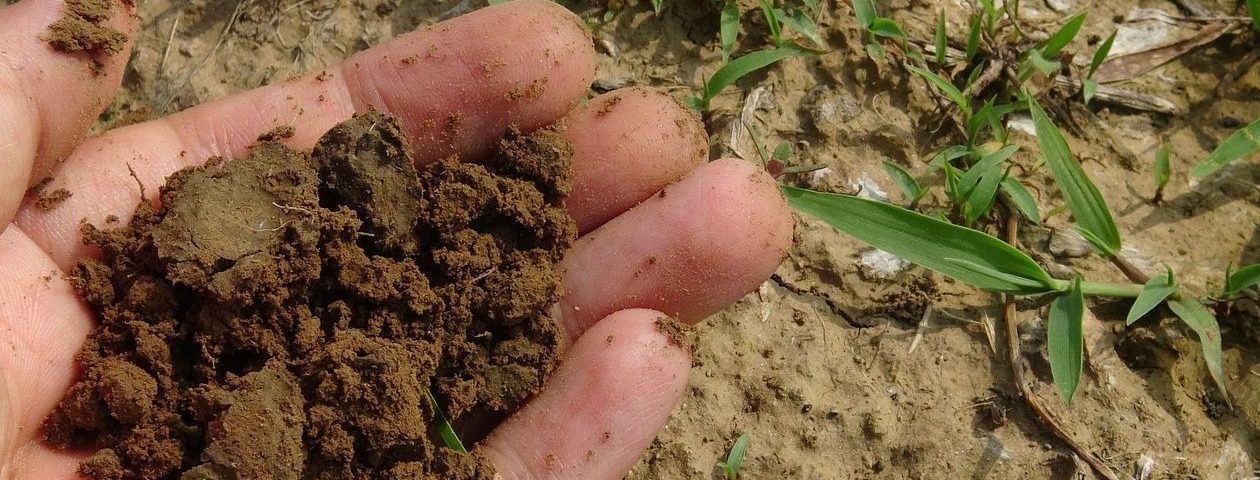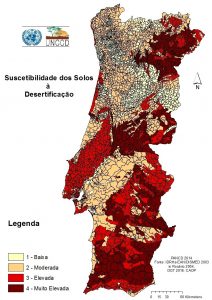
Reduce, Reuse and Recycle, the three “Rs” in sustainability, are also at the heart of the Circular Economy
It’s no secret that reuse is a practice that has been around for many years. Our ancestors already practiced it in agriculture. Reuse of organic matter, such as animal manure, was a practice used even longer ago. Organic matter is an essential component of fertile soils, affecting their physical, chemical and biological characteristics, and being an essential requirement for a healthy environment.
Soils on its way to infertility
Without organic matter, there would be no soil. This basic principle for recycling and reuse is one of the paradigms of modern-day agriculture, which must meet two requirements which are not necessarily at odds with each other:
- Balancing the need to feed an increasingly larger number of people with quality food and at low cost.
- Doing this in an environmentally friendly way.
In recent years, soil fertility has been decreasing, due to a decline in the reuse of organic matter, and there are as yet no known policies or measures in place to revert this trend.
If we consider that, according the to FAO, soils should have a minimum content of 2% organic matter, we find that around 50% of all soils (in Portugal at least) would not even be able to be considered as such. Added to this, our soils are at a high or very high risk of desertification.
Areas susceptible to desertification

| 1. Low Risk | 11,8% | . |
| 2. Moderate Risk | 35,9% | |
| 3. High Risk | 24,4% | |
| 4. Very High Risk | 28,0% |
This decrease is directly related to the soil and climate characteristics of Mediterranean countries, where exposure to the sun is greater and rainfall is relatively low (and generally concentrated in two to three months of the year). If to this is added the fact that areas covered in vegetation are also limited, the mineralising effect of sunlight increases.
Biosolids, the most sustainable fertilization solution
It is therefore essential to develop soil conservation policies, which will need to include a requirement for increasing the content of organic matter in such soils. And this is where controlled application of the slurry obtained from water treatment (biosolids) comes in. The use of biosolids as fertilizer or soil improvement material is a well-known and well-used practice in developed countries, and is one of the most sustainable solutions on three levels:
- Agronomy: it is one of the richest sources of organic matter, as it still contains reasonable amounts of macro and micro nutrients, which are essential for crop development and soil recovery.
- Environmental: it replaces the need for chemical fertilizers as an alternative source of organic matter and macro and micro nutrients. Additionally, it avoids thousands of tonnes of organic waste going to landfill.
- Financially: it is the most cost-effective way of managing the waste produced in Portugal, which is approximately 750,000 tonnes per year.
The use of biosolids as fertilizer or soil improver is today and in the medium term the most appropriate way of managing this type of waste. And this is the paradigm of the circular economy. Creating wealth and reusing what would otherwise simply be waste.
Remember that the soil is a non-renewable resource on a human scale.
“In Nature, nothing is lost and nothing is created, everything is transformed”
(Titus Lucretius Carus, 96-55 BC, based on the ideas on physics of Greek philosopher Epicurus, 341-270 BC)





There are no comments yet